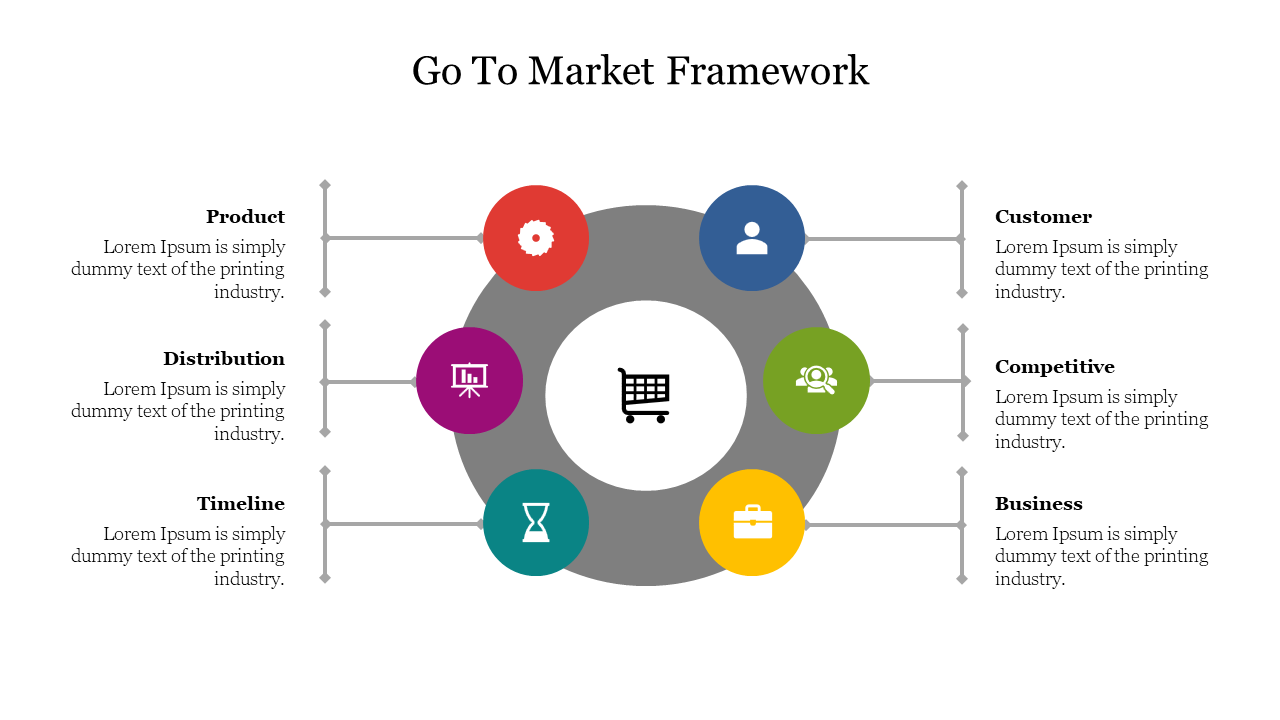Go-to-Market Strategy
What is a Go To Market Strategy?
Definition:
A Go-to-Market (GTM) Strategy involves the comprehensive plan and execution of bringing a product or service to market. It encompasses various aspects such as product positioning, target audience identification, marketing channels, sales strategies, and pricing models. The primary goal of a GTM strategy is to ensure the successful launch and sustainable growth of a product or service in the market.
Analogy:
Consider a Go-to-Market strategy as the launch plan for a new car model. Just as the strategy would involve identifying the target market (perhaps young professionals or families), determining the pricing strategy, selecting the right distribution channels (online, dealerships), and planning promotional activities, a GTM strategy for any product or service involves a similarly meticulous approach.
Further Description:
Go-to-Market strategy development includes several key components:
Market Research and Segmentation: Understand the market landscape, identify potential customer segments, and analyze competitors to tailor the GTM strategy for specific audiences.
Product Positioning: Clearly define the unique value proposition of the product or service and how it stands out in the market.
Target Audience and Buyer Personas: Identify and create detailed profiles of the ideal customers to tailor marketing messages and outreach efforts.
Distribution Channels: Determine the most effective channels for product distribution, whether through direct sales, partnerships, e-commerce platforms, or a combination.
Pricing Strategy: Establish a pricing model that aligns with market expectations, perceived value, and competitive offerings.
Marketing and Promotion: Develop a marketing plan that includes advertising, public relations, social media, and other promotional activities to create awareness and generate interest.
Sales Enablement: Equip the sales team with the necessary tools, training, and resources to effectively sell the product or service.
Customer Support and Feedback Mechanisms: Establish customer support channels and mechanisms to gather feedback, ensuring a positive customer experience post-launch.
Why is Go-to-Market Strategy Important?
Optimized Resource Utilization: A well-defined GTM strategy ensures that resources are allocated efficiently, minimizing waste and maximizing impact.
Market Penetration: A strategic approach enhances the chances of successful market entry, allowing the product or service to gain a foothold and capture the target audience.
Competitive Advantage: A carefully crafted GTM strategy can give a competitive edge by effectively positioning the product or service in the market.
Customer Understanding: By focusing on buyer personas and target audience segmentation, the strategy ensures a deep understanding of customer needs and preferences.
Adaptability to Market Changes: A flexible GTM strategy allows for adjustments based on market feedback, competition, and changes in consumer behavior.
Examples and Usage:
Apple iPhone Launches: Apple consistently executes effective GTM strategies with its iPhone launches. The company carefully positions the product, creates anticipation through marketing, and ensures availability through various distribution channels.
Tesla’s Direct-to-Consumer Model: Tesla’s GTM strategy involves selling directly to consumers, bypassing traditional dealerships. This approach aligns with the brand’s innovative image and enhances the customer experience.
Netflix Global Expansion: Netflix’s international expansion involved a well-planned GTM strategy, adapting content, pricing, and marketing to suit diverse markets while maintaining a consistent brand identity.
Key Takeaways:
- Understand the market landscape, customer segments, and competitors to tailor the GTM strategy effectively.
- Clearly define the unique value proposition and positioning of the product or service.
- Identify and create detailed profiles of the ideal customers to tailor marketing messages and outreach efforts.
- Determine the most effective distribution channels and pricing strategy aligned with market expectations.
- Develop a comprehensive marketing plan that includes advertising, public relations, social media, and other promotional activities.
- Equip the sales team with the necessary tools, training, and resources for effective selling.
- Establish customer support channels and mechanisms to ensure a positive customer experience post-launch.





